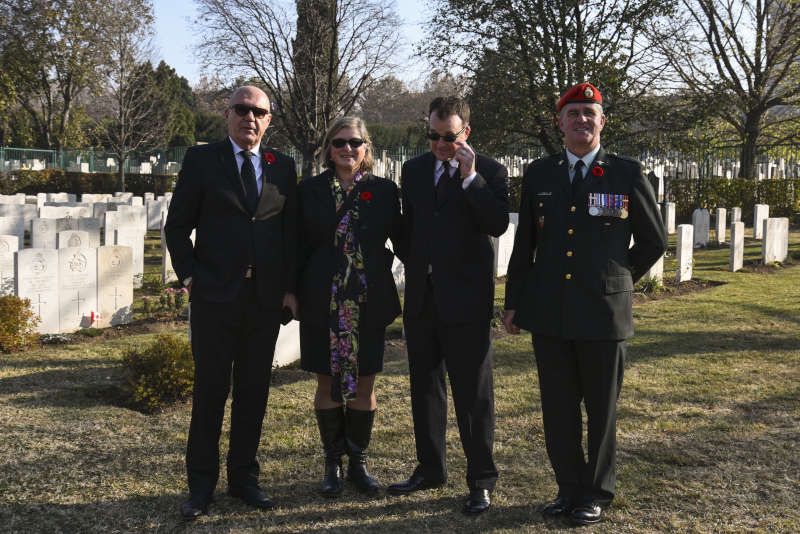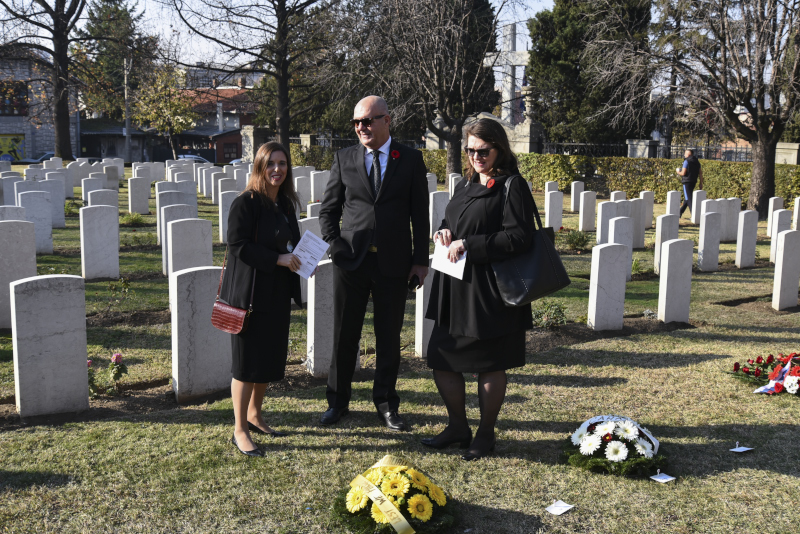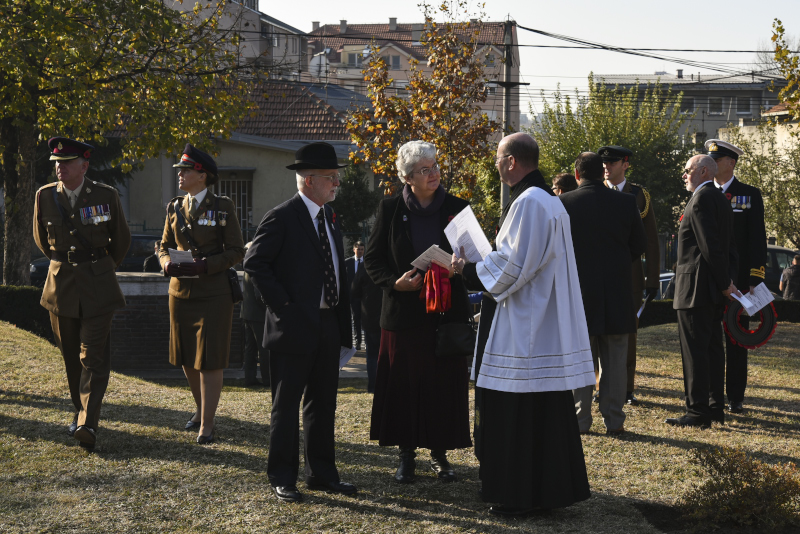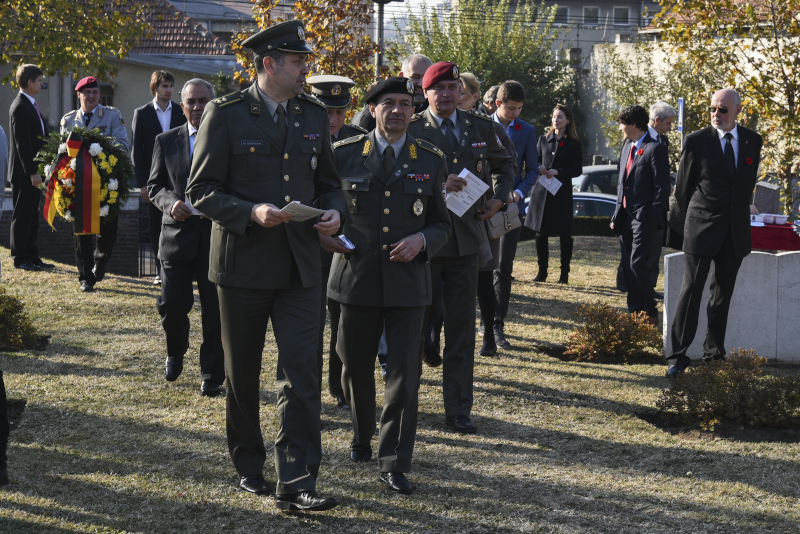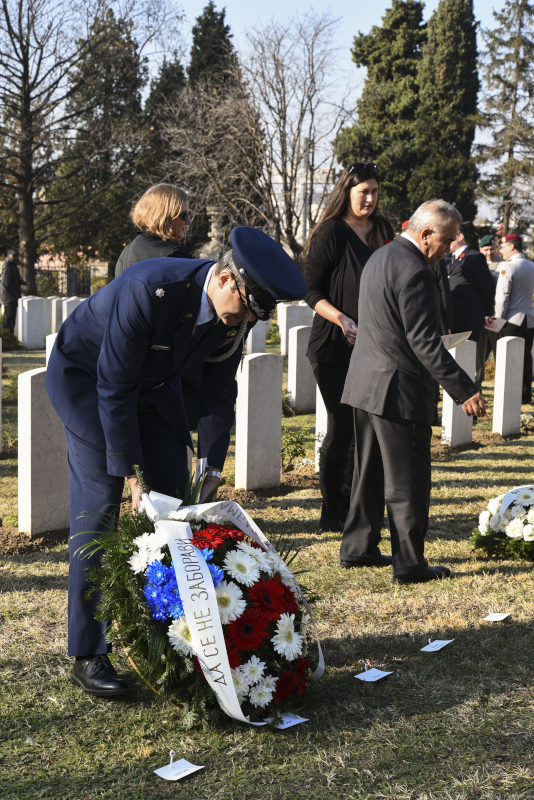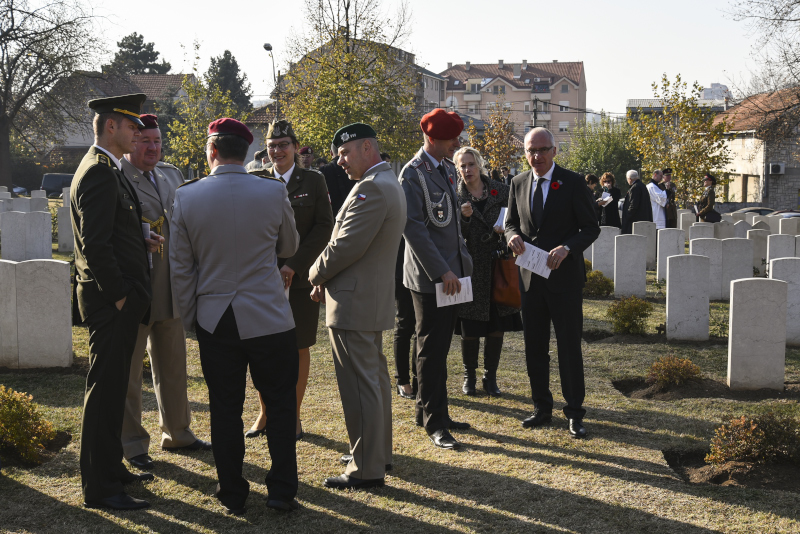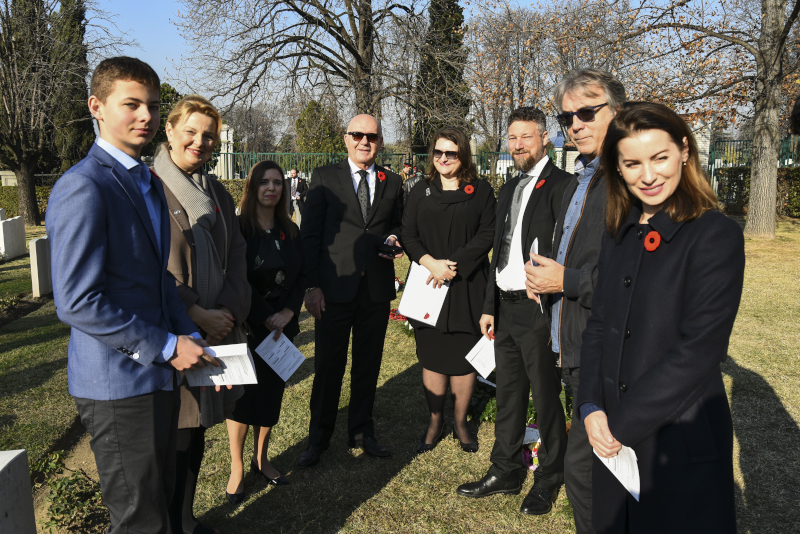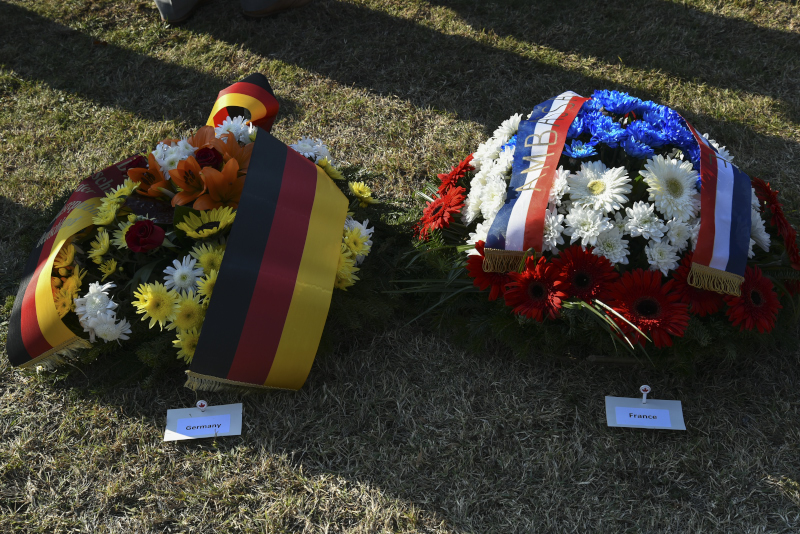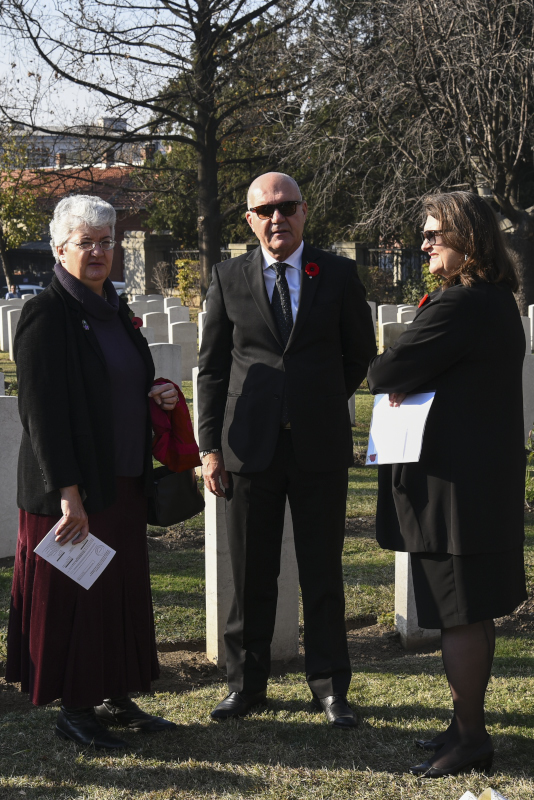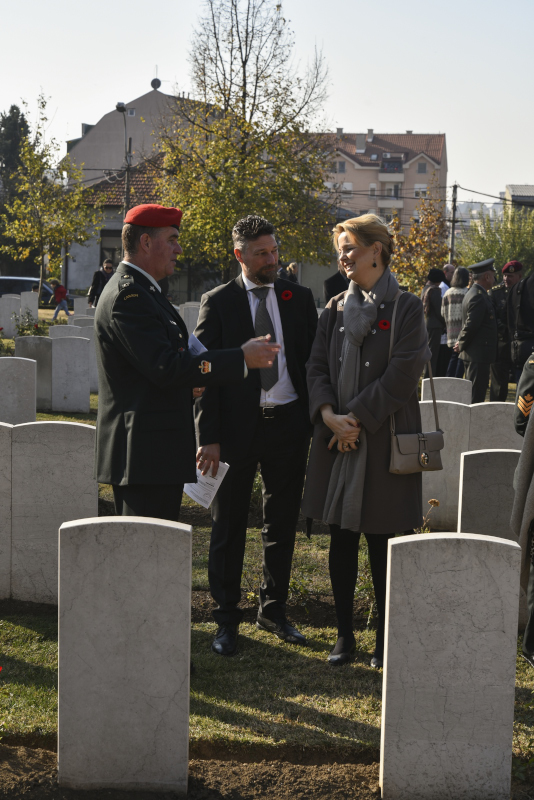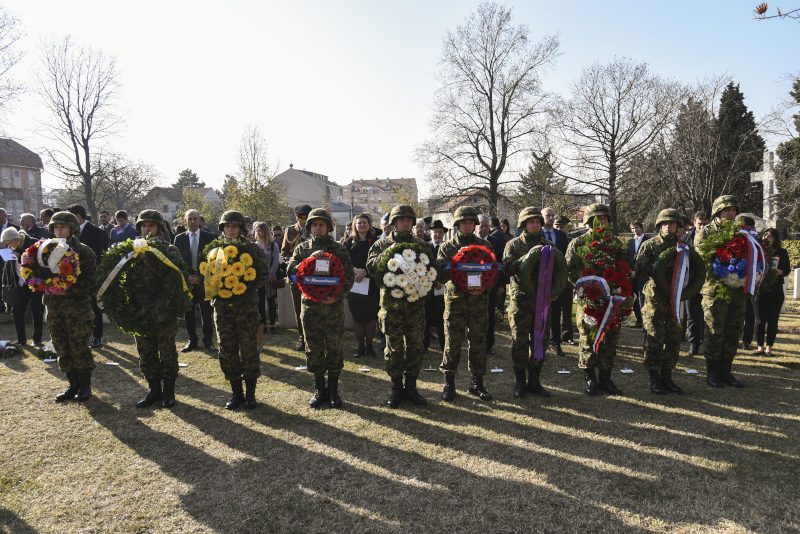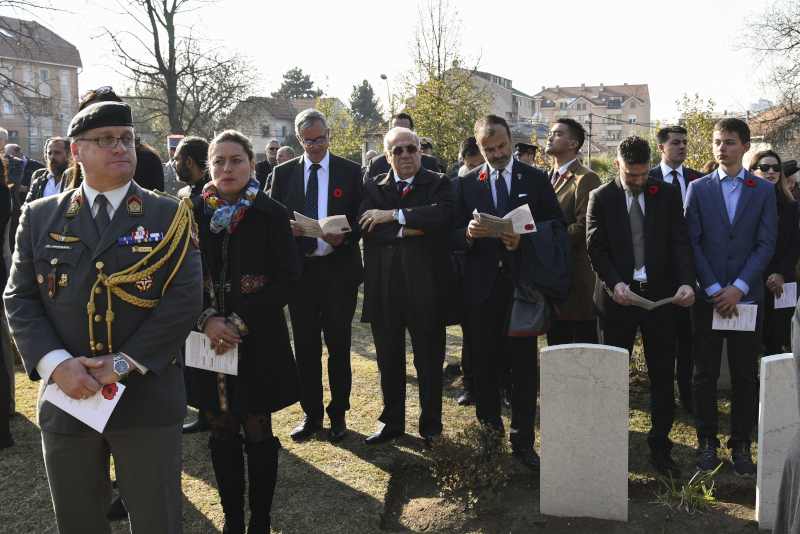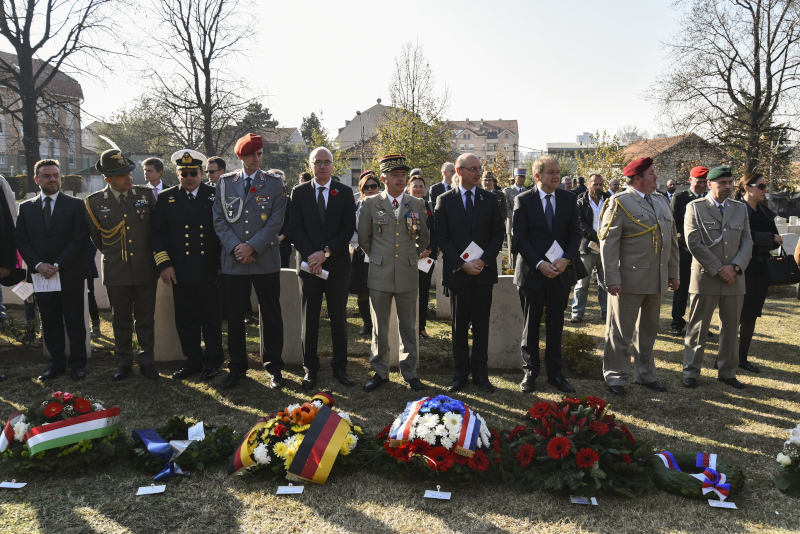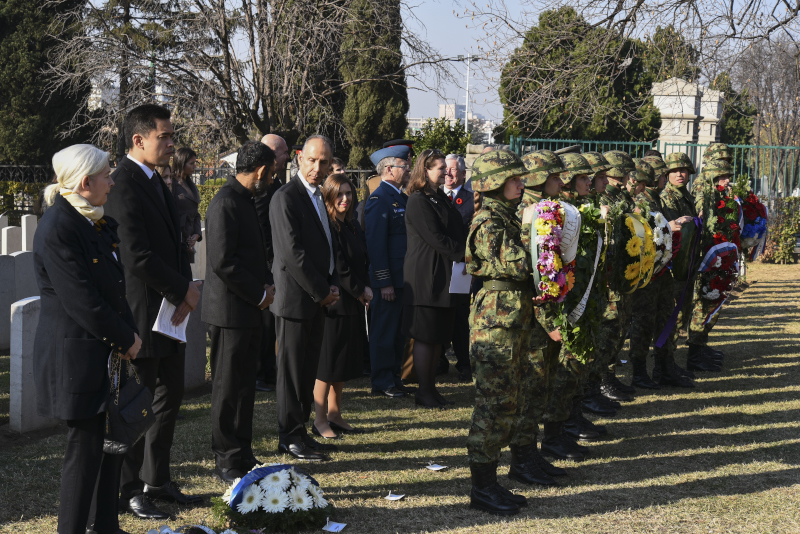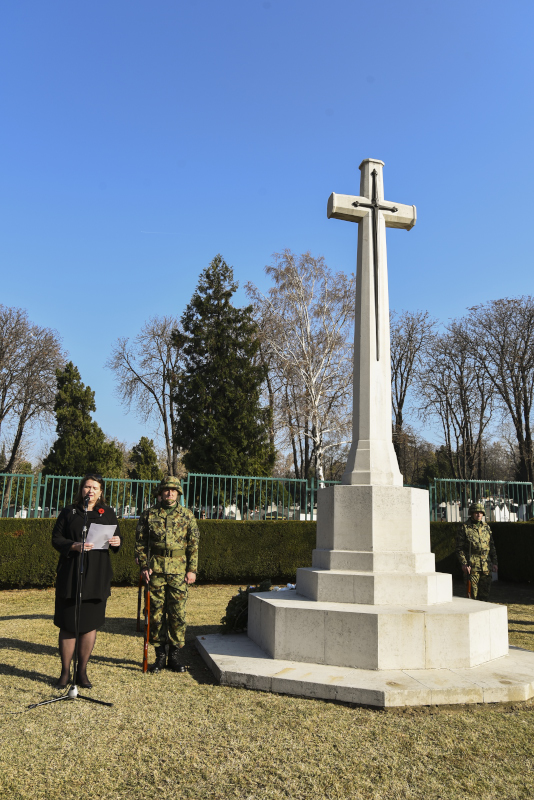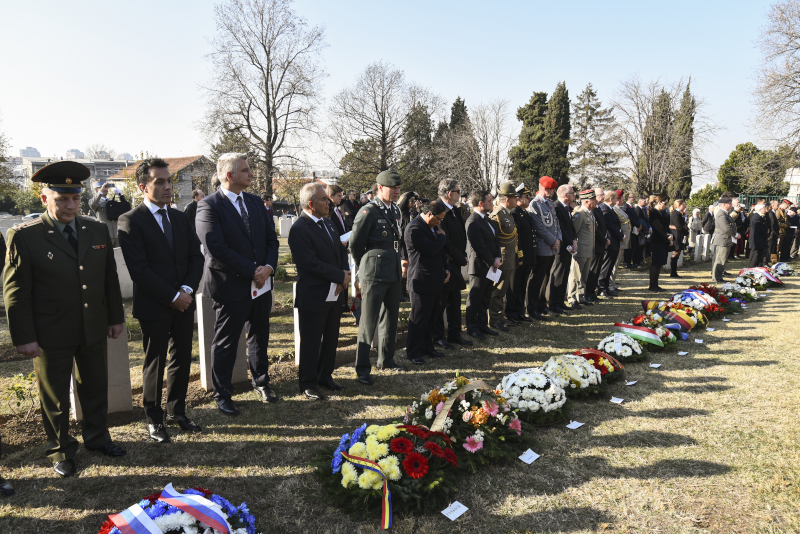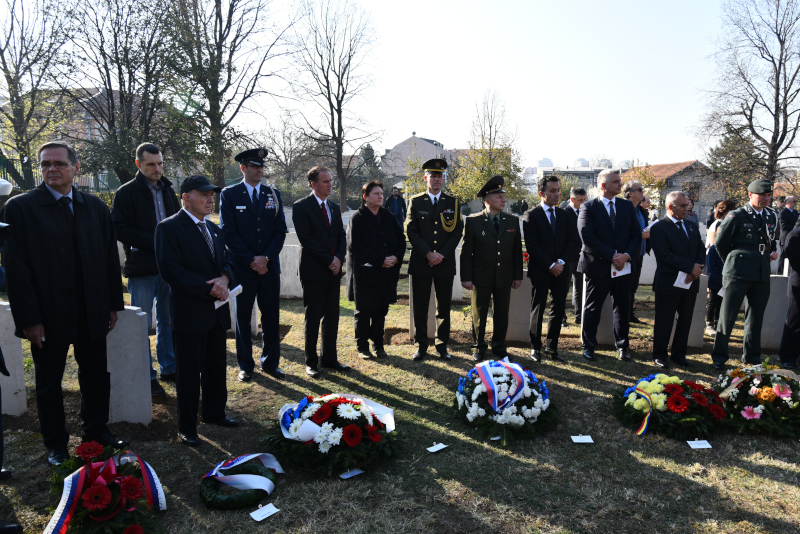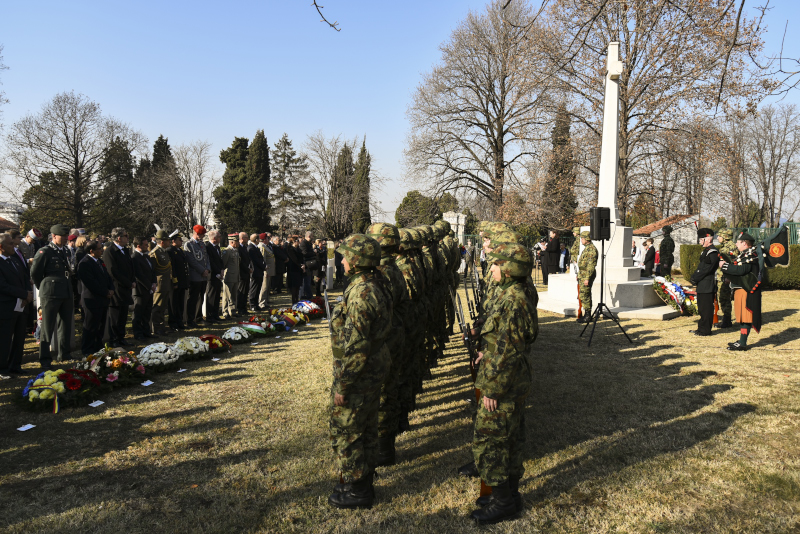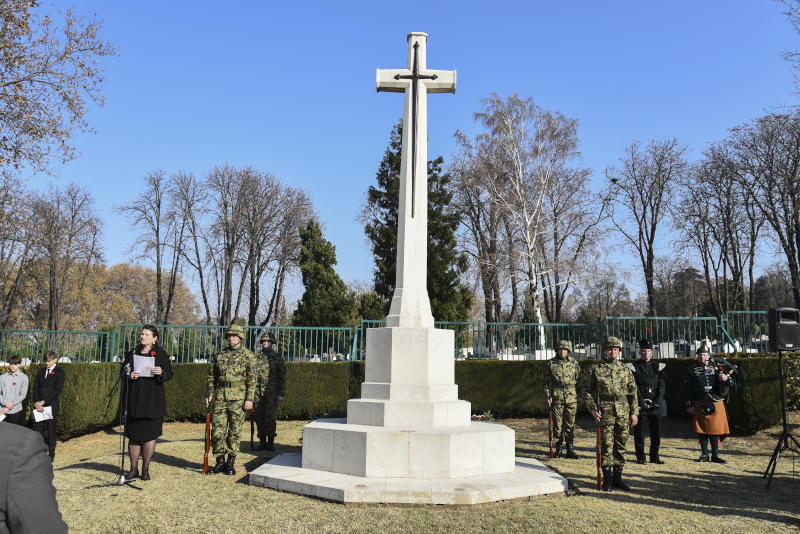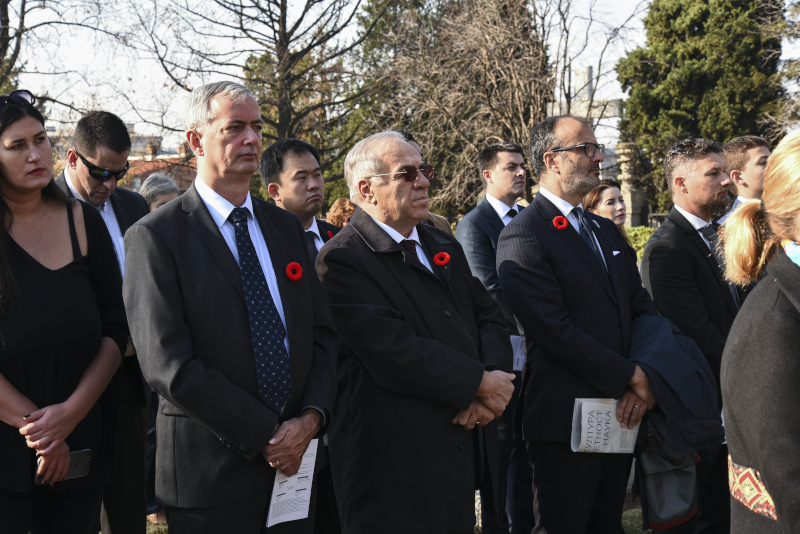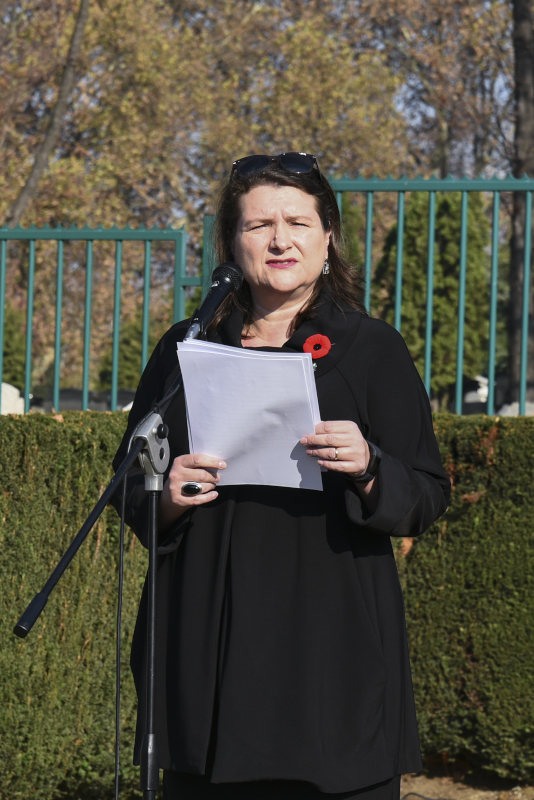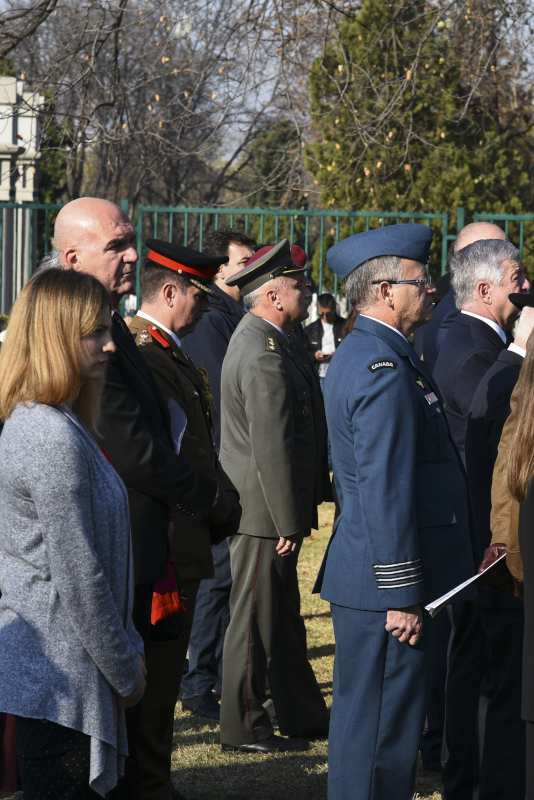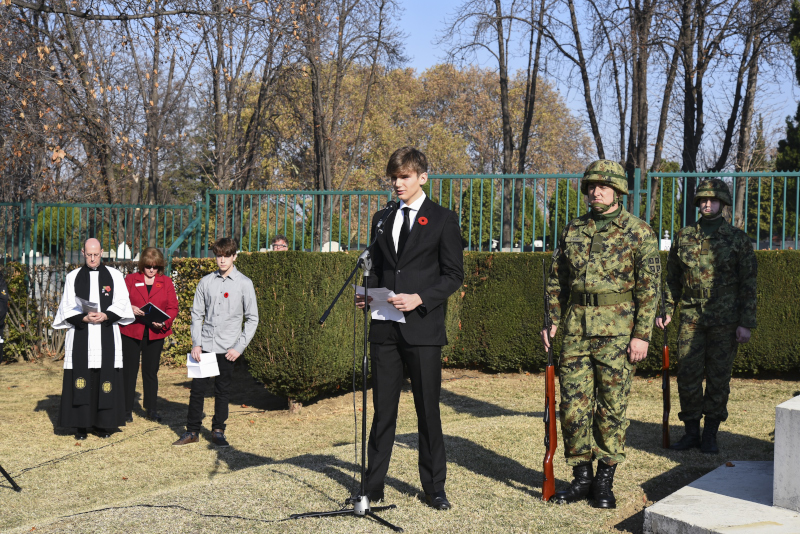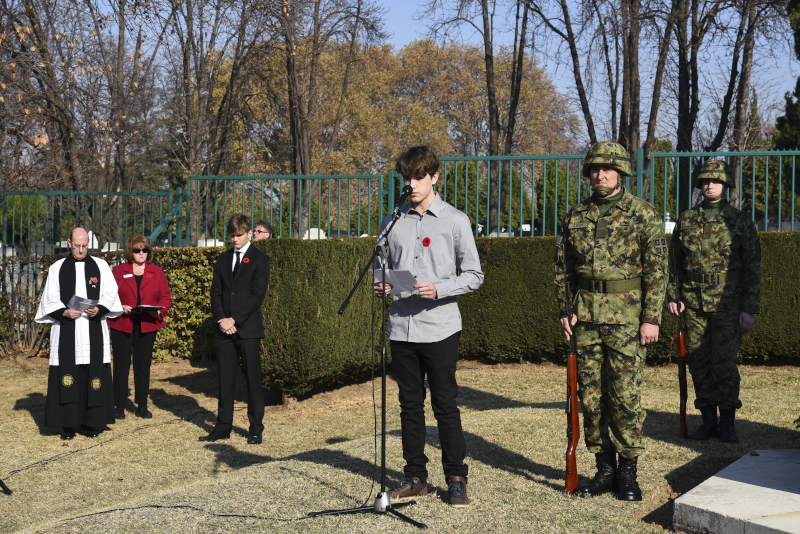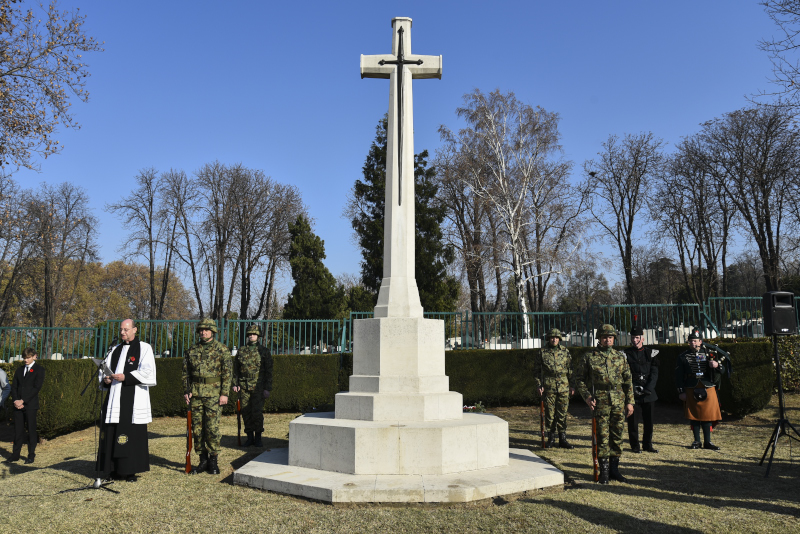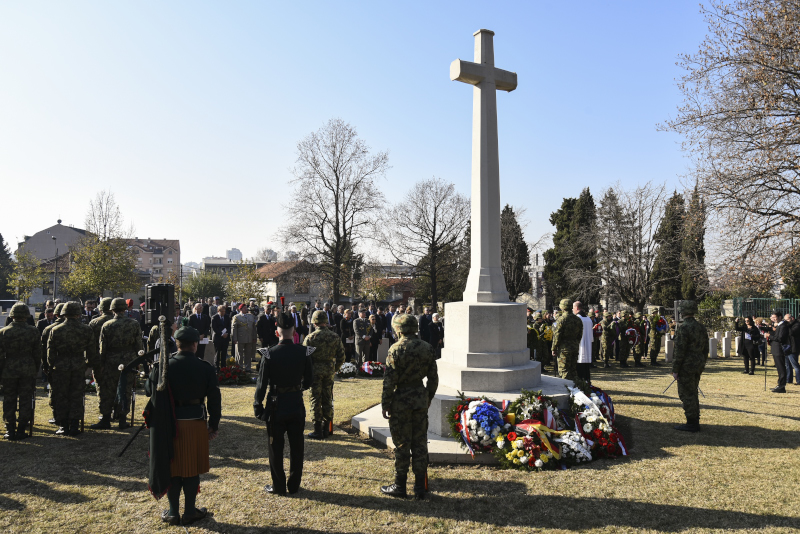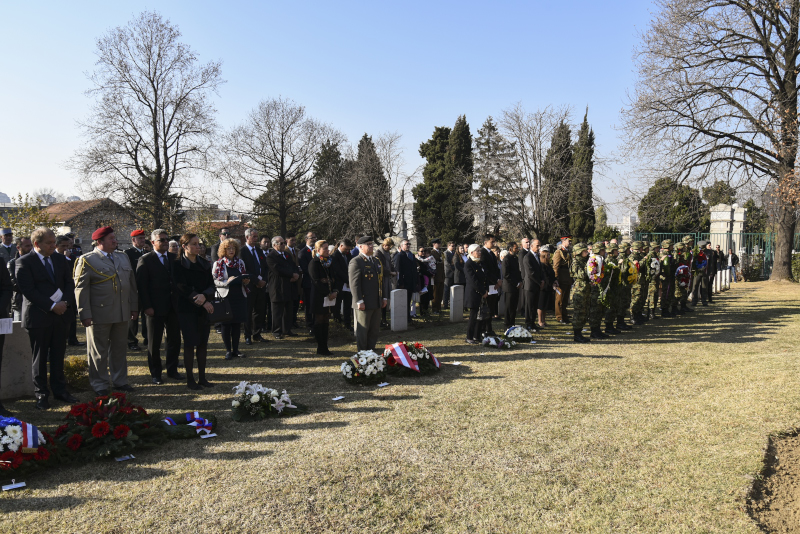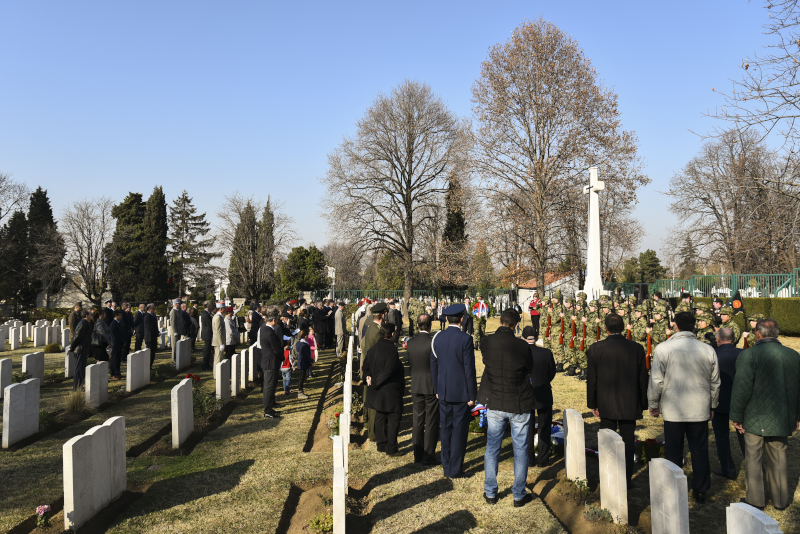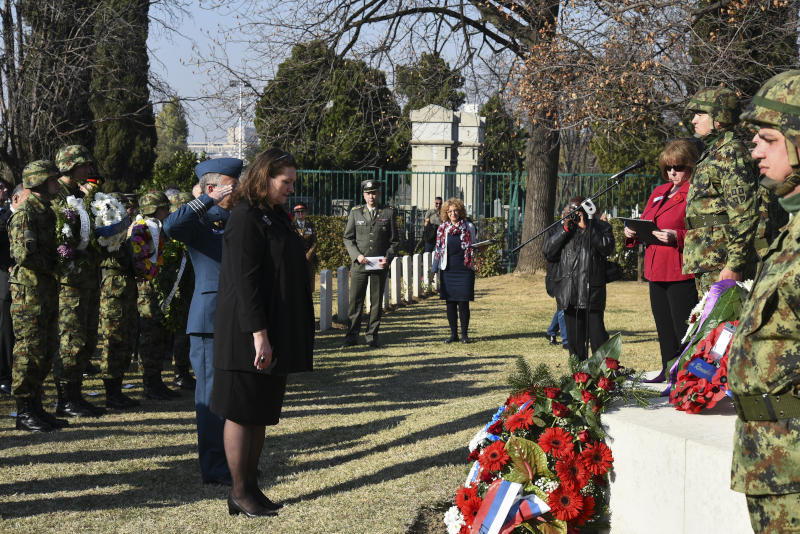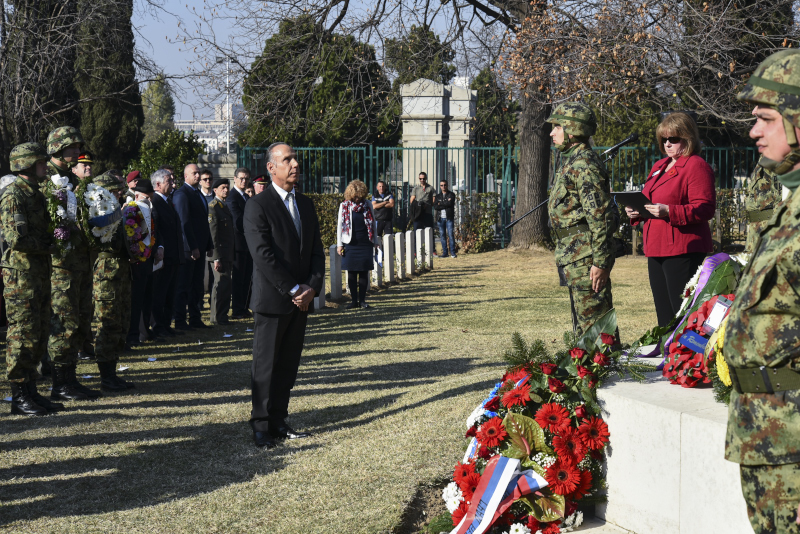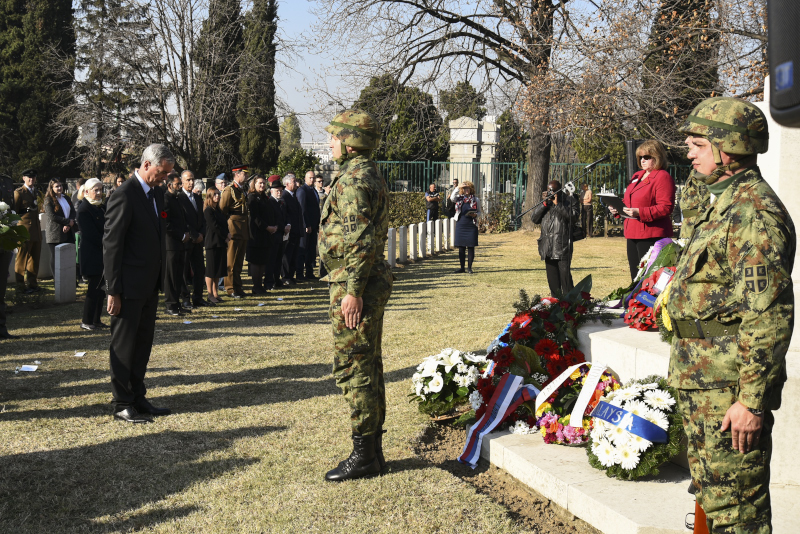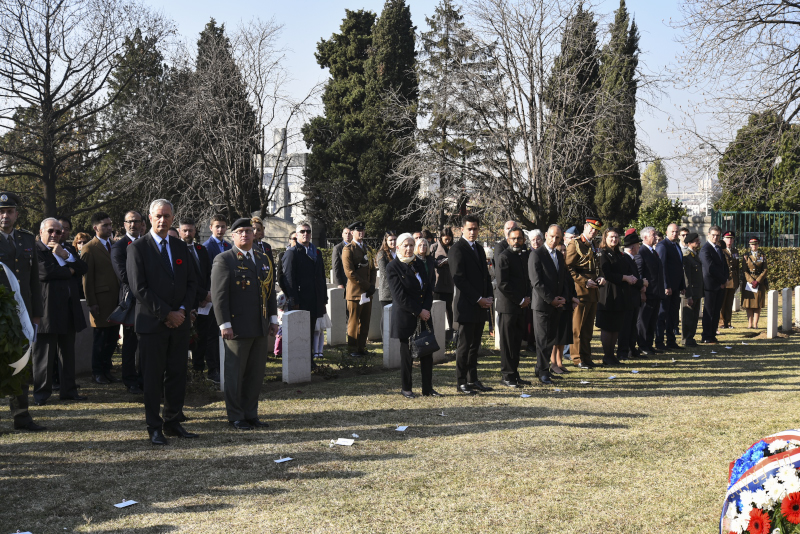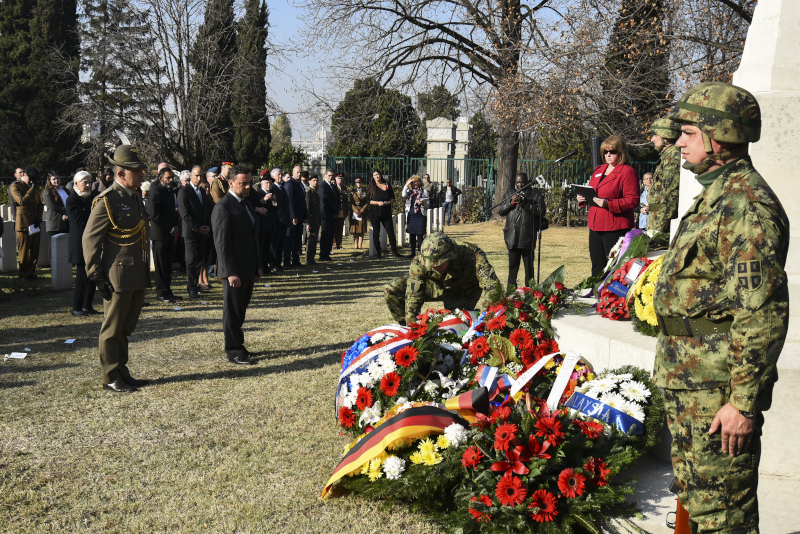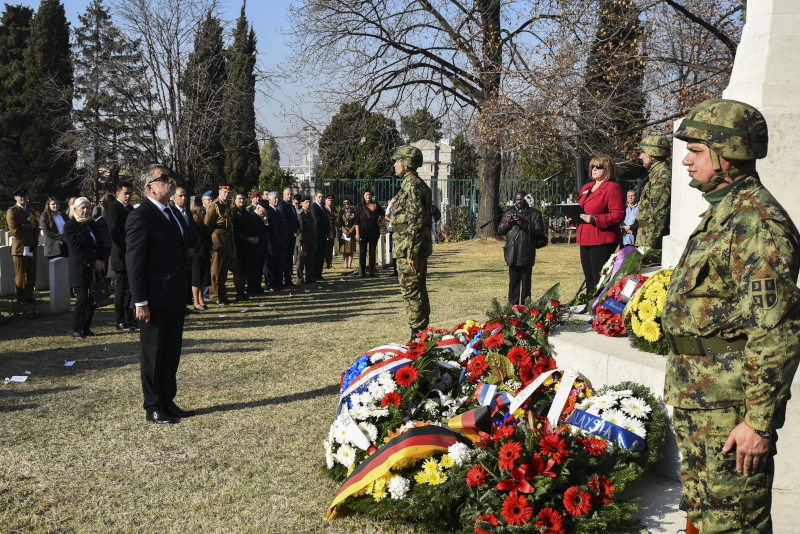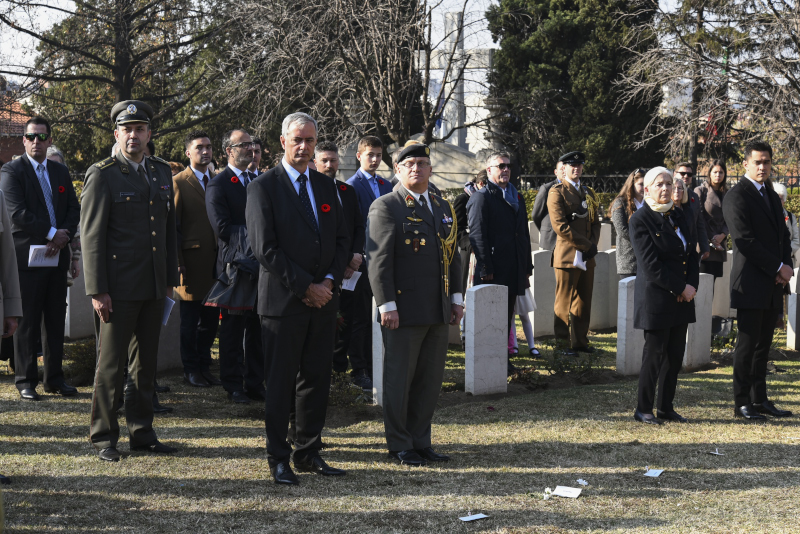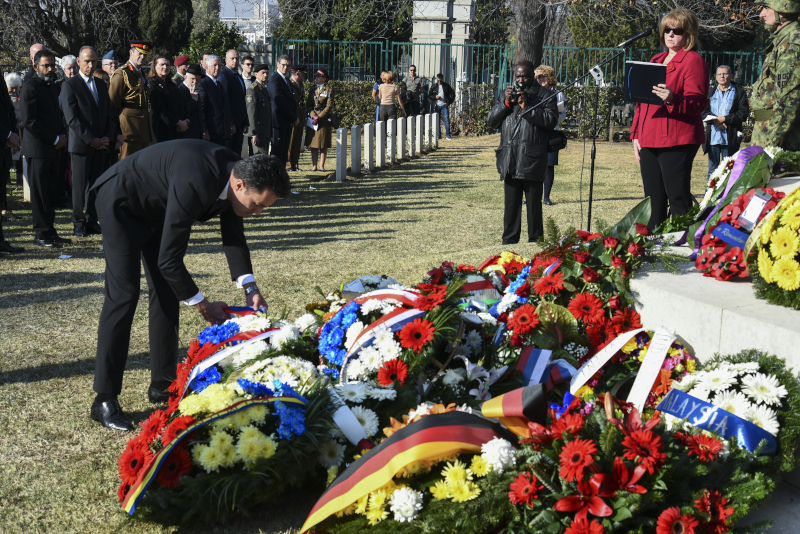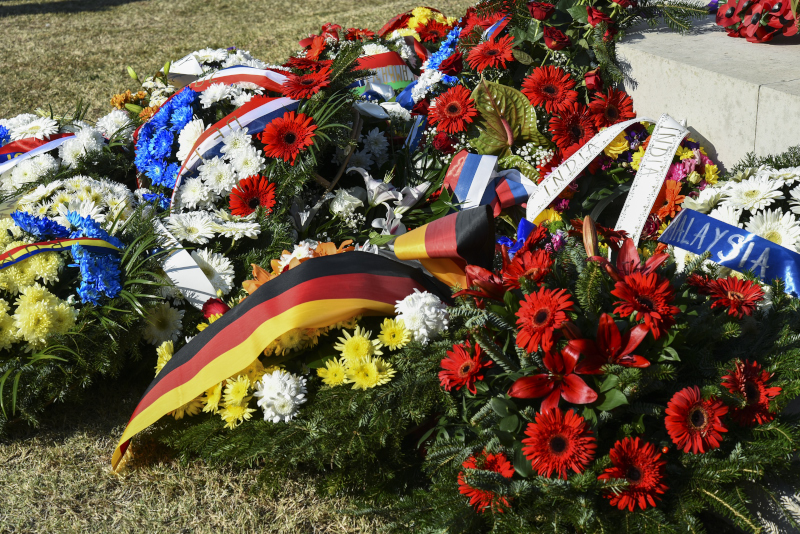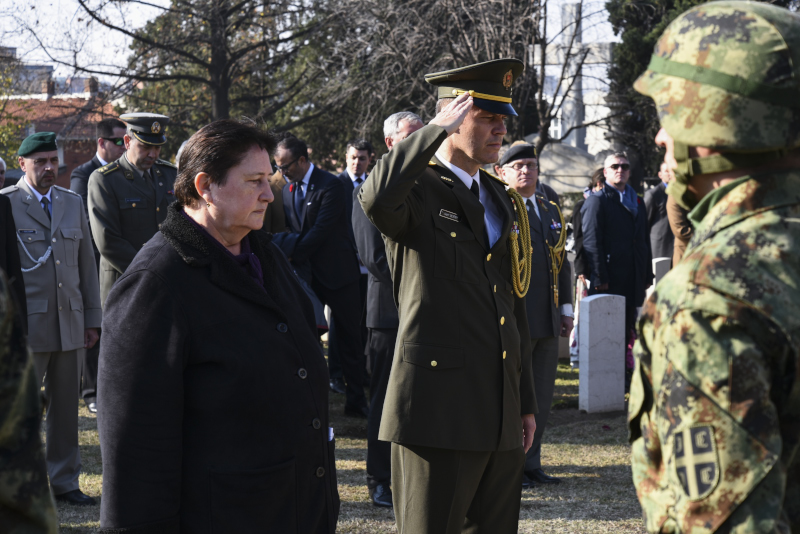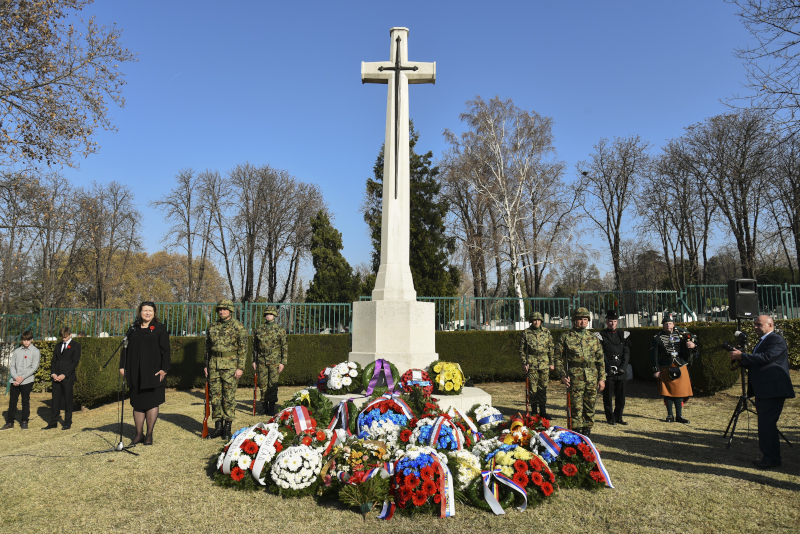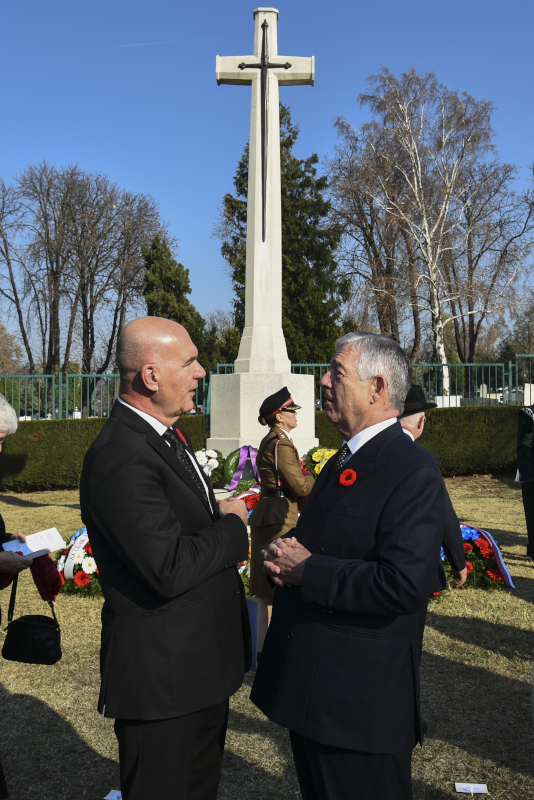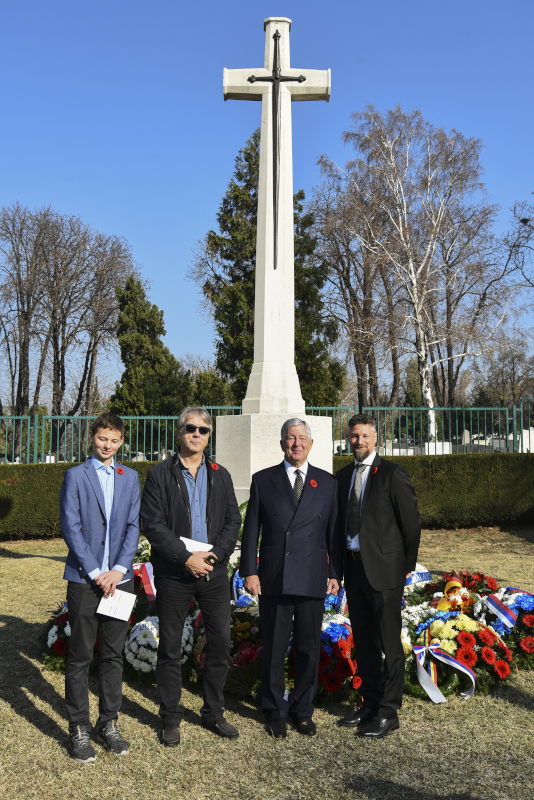The wreaths were laid by representatives of the Ministry of Labor, Employment, Veterans’ Affairs and Social Affairs, the Ministry of Defense, the City Assembly of Belgrade, the Association for the Care of the Tradition of Liberation Wars before 1918, the Association of the Descendents of WWII Victims, the Embassy of Foreign Countries in Belgrade and Aleksandar Karadjordjevic.
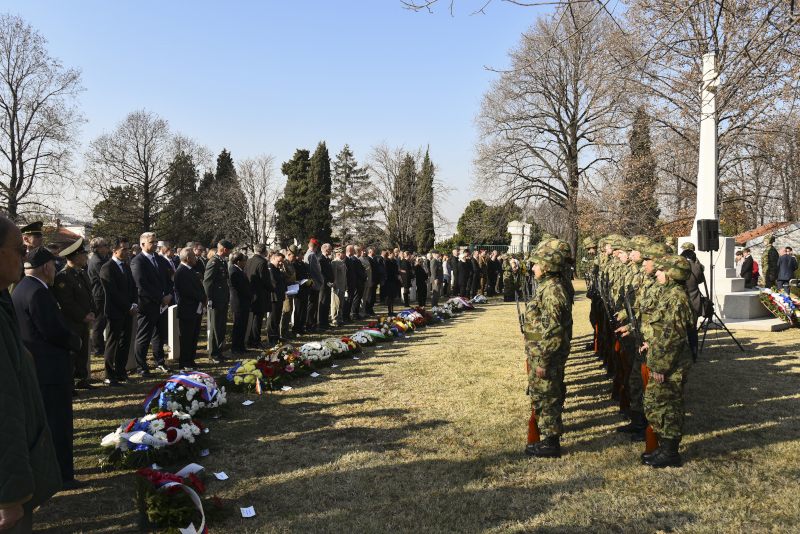
Ambassador Kati Csaba was holding the article on Canadian female solder Josephine Jo Whitehead who fought in the Serbian Army during WWI published in Serbian daily Politika in honour of Remembrance Day.
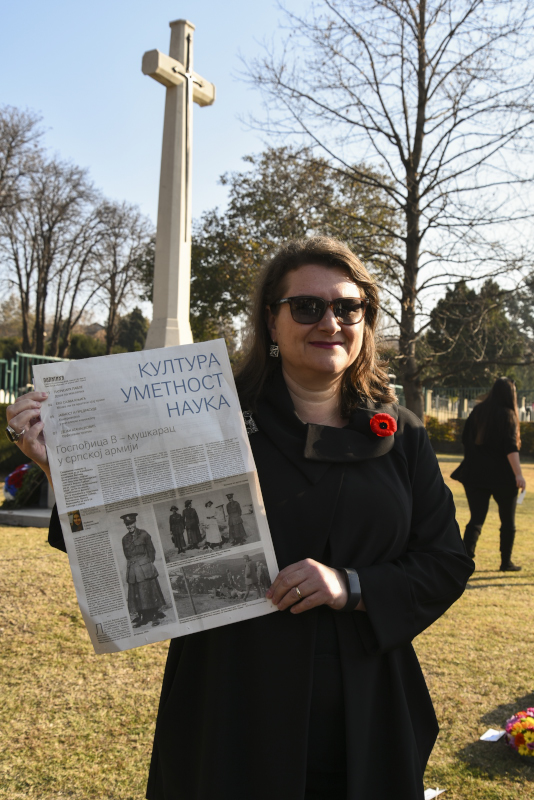
Every year, November 11, Canadians, Australians, Britons and other members of the Commonwealth countries mark the Day of Remembrance and thus pay tribute to those who fought and gave their lives for their land in the First World War (1914-1918), the Second World War war (1939-1945) and the Korean War (1950-1953).
The first Day of Remembrance was marked in 1919 across the Commonwealth and was originally called the Truce Day. The Truce Day marked the signing of the cease-fire and the cessation of hostility on November 11, 1918. This day was a symbol of the end of the war and the opportunity to remind all those who were killed.
On the Day of Remembrance, the flower of the Poppy is remembered as a reminder of a bloody-red flower that is still growing at the places of battle in France and Belgium, as described by Canadian Lieutenant Colonel John McCrae, a doctor and teacher, in his poem “Na Field In Time “(In Flanders Fields).
